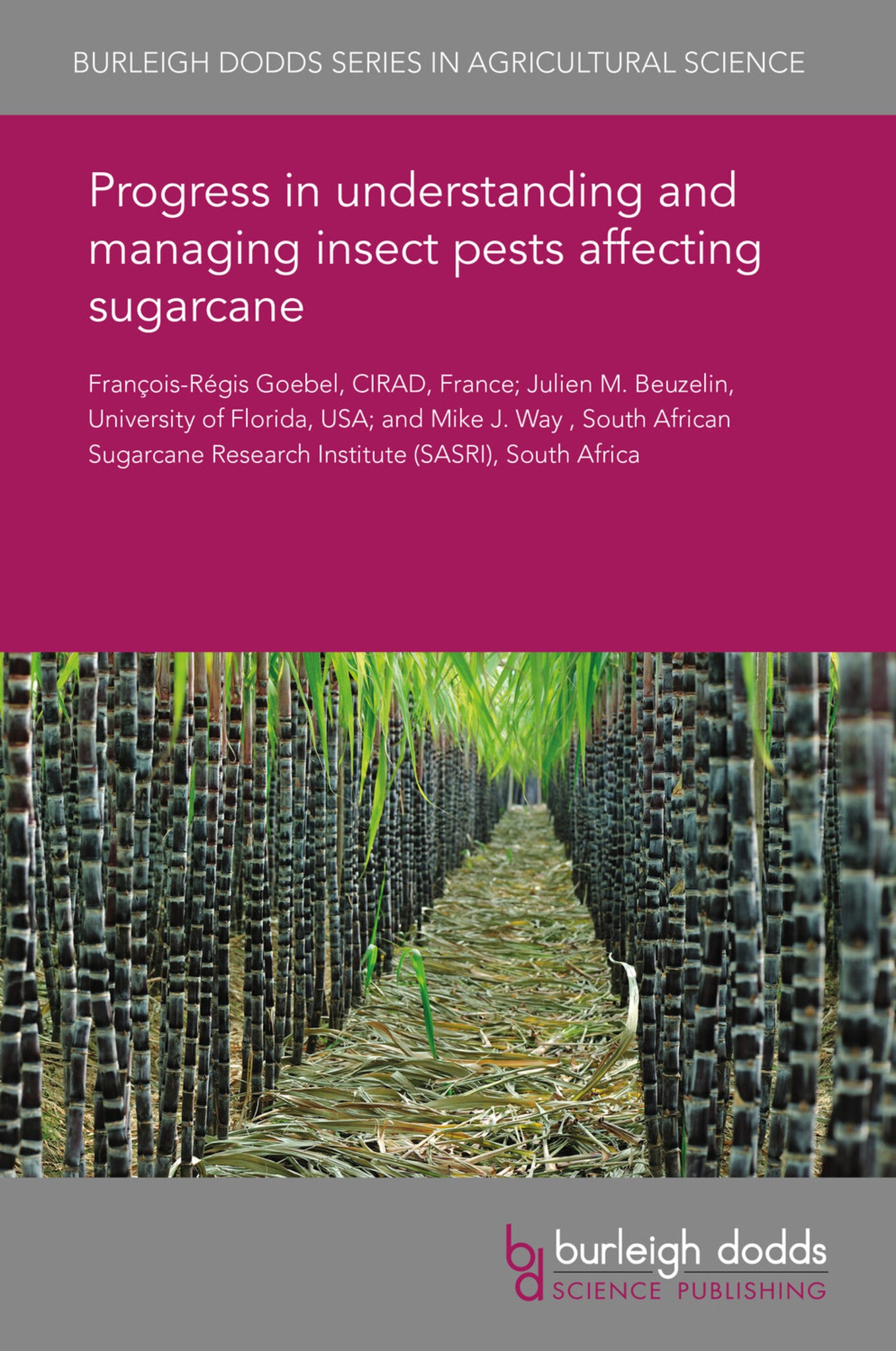We're sorry. An error has occurred
Please cancel or retry.
Progress in understanding and managing insect pests affecting sugarcane

Some error occured while loading the Quick View. Please close the Quick View and try reloading the page.
Couldn't load pickup availability
- Format:
-
05 March 2018


TECHNOLOGY & ENGINEERING / Agriculture / Agronomy / General, Agronomy and crop production, TECHNOLOGY & ENGINEERING / Agriculture / Sustainable Agriculture, TECHNOLOGY & ENGINEERING / Pest Control, Sustainable agriculture, Pest control / plant diseases

1 Introduction 2 Categories of sugarcane pests 3 Estimating sugarcane crop losses from pests 4 Biological control and habitat management of sugarcane pests 5 Cultural control of sugarcane pests 6 Insecticides 7 Remote sensing, GIS and population modelling of sugarcane pests 8 Biosecurity 9 Conclusion and future trends 10 Where to look for further information 11 References



